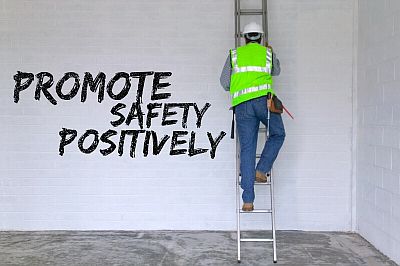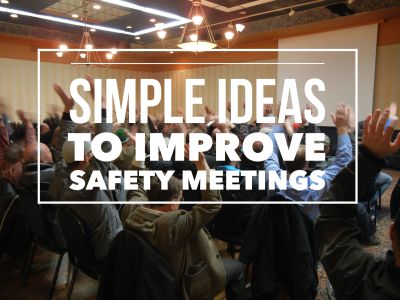
Be positive about your safety program and the way it helps to protect and value your good people. Promote. A scary word for safety people and supervisors. For the ones who don’t understand what it means, it feels disingenuous. But to promote something is to advance a cause or a program; to support it or to actively encourage. So when you tell your people to be safe, you are promoting safety. When you erect posters as safety reminders, you are promoting safety. When you hold a safety meeting, you are promoting safety. When you recognize good behaviors, you are promoting safety. And in order to build a solid safety culture, we cannot do it without promoting safety.











